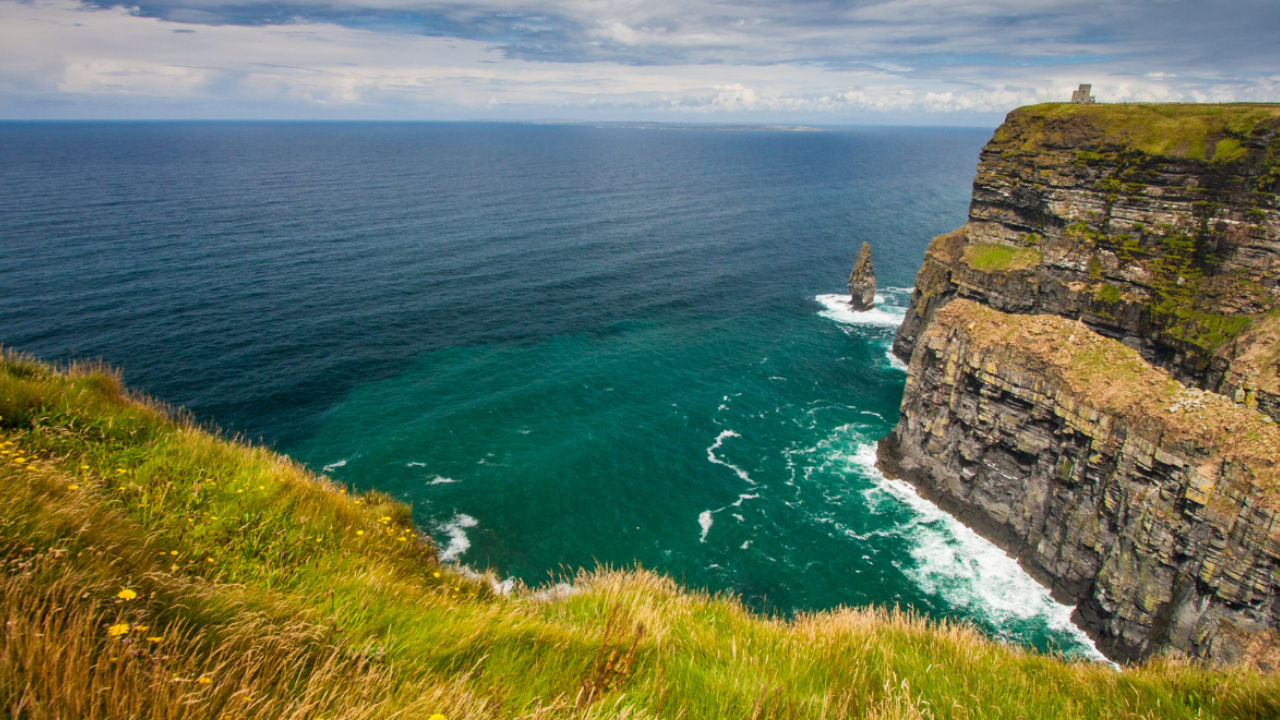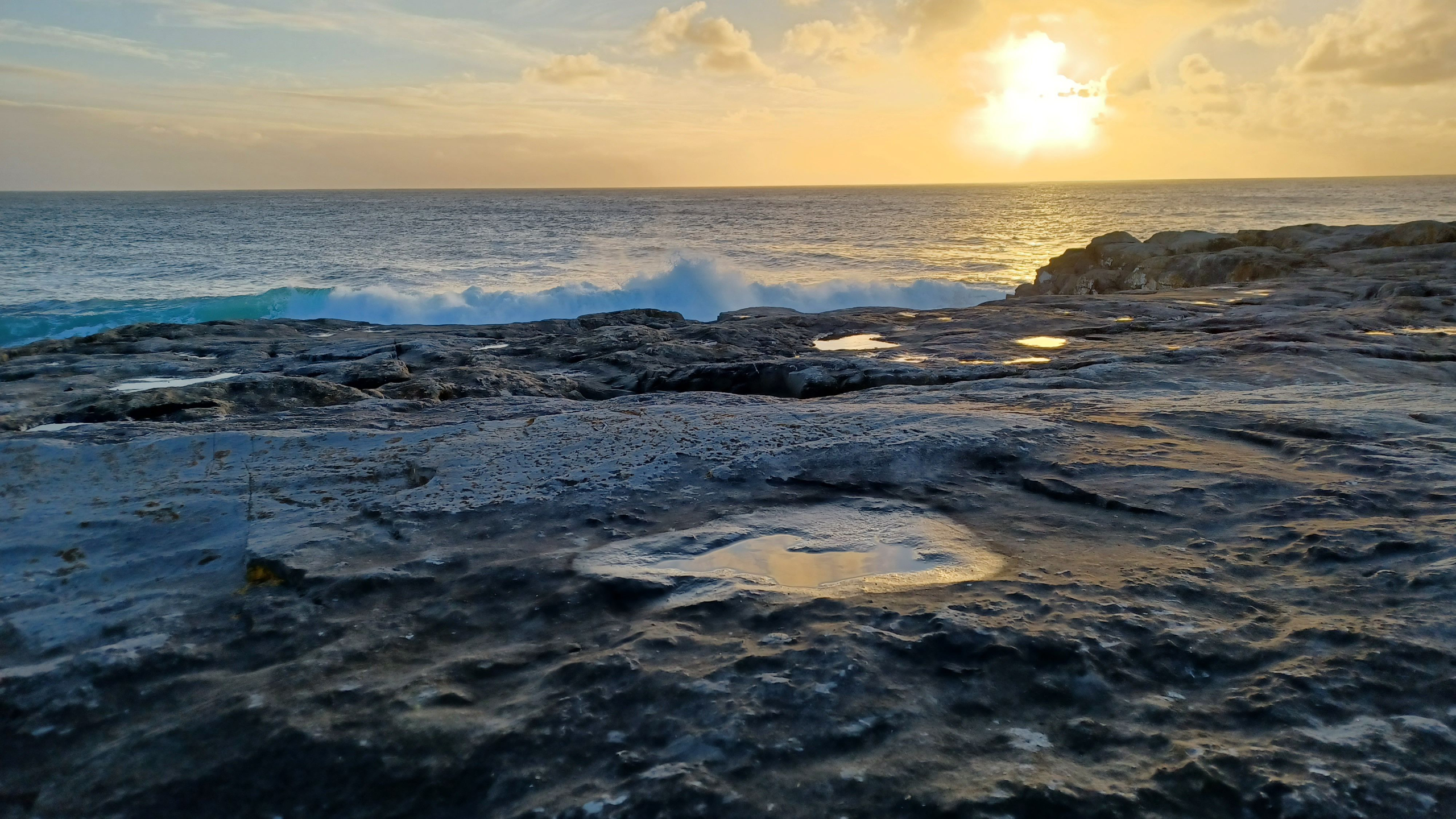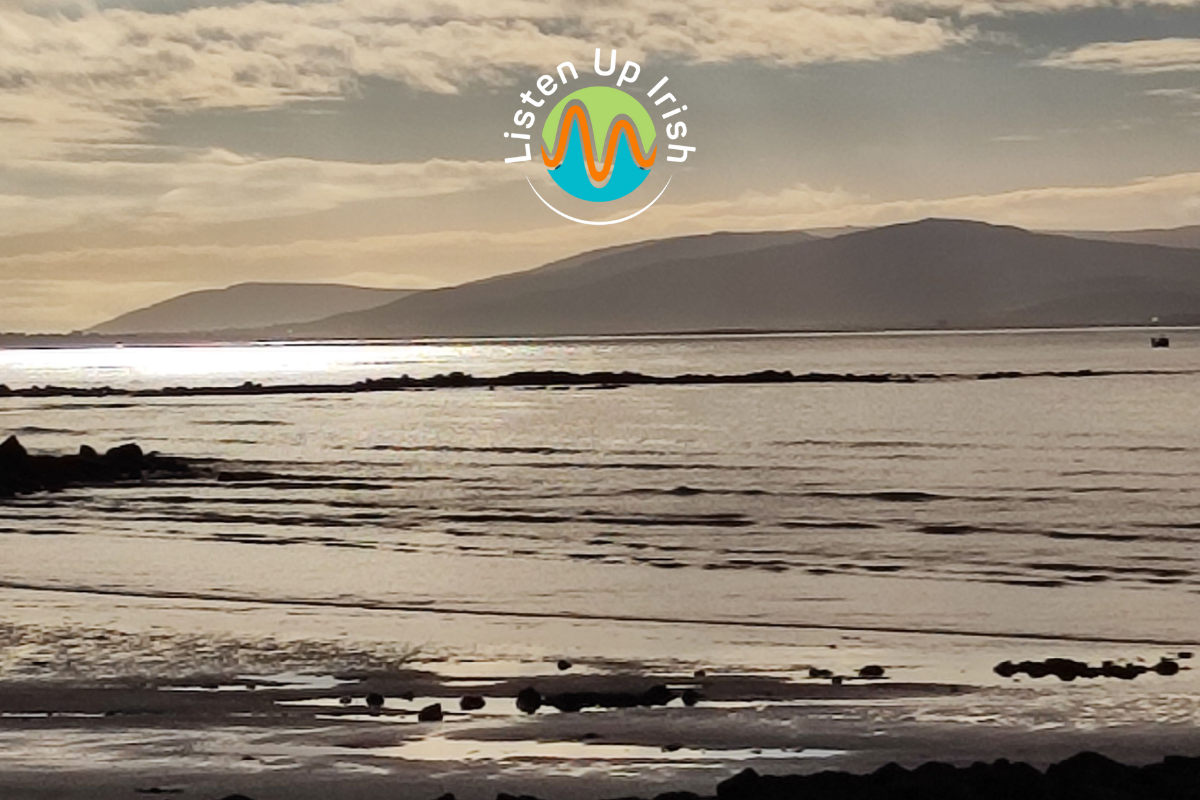Fear Lasta Lampaí / The Lamp Lighter Man
Fear Lasta Lampaí is a short and simple poem by the Aran Island poet, Máirtín Ó Direáin. The poem captures a simple scene in just a few short lines: a man going about his work lighting the street gaslamps in Galway city in 1928. But don't be fooled. Just as his fellow islander, Liam Ó Flaithearta, did in his poem Na Blátha Craige, this carefully crafted poem uses a simple scene to convey so much more than at first glance.
From the Aran islands to international fame
Máirtín Ó Direáin was born on Inis Mór, the largest of the Aran Islands, in 1910. He was a monoglot Irish speaker and only learned English in his mid teens. He would not have left the island much, if at all, before moving to Galway city at the age of eighteen to take up a job as a clerk in the main Post Office. (If you are ever in Galway have a look at the plaque in his memory on the external wall of the post office building on Eglinton street).
Ó Direáin's first poetry collection, Coinnle Geala, (Bright Candles), was published in 1942. His poetry turned away from the traditional form and revolutionised Irish language poetry in the 1940s and 50s. W.B. Yeats was not the only Irish poet to enjoy international fame: Ó Direáin also received international acclaim during his lifetime and was the recipient of many prestigious awards including the Ossian Prize for Poetry.
Gaillimh / Galway 1928
It is probably significant that the words 'Gaillimh 1928' are included in the title of the poem Fear Lasta Lampaí as this was the year that Ó Direáin moved to Galway city. After the islands Galway city must have seemed very exotic and the young Ó Direáin would have noticed many things for the first time, including the lighting of the gas streetlamps. While this everyday occurrence would not have attracted much attention from the city folk it clearly captured Ó Direáin's imagination.
In Fear Lasta Lampaí Ó Direáin manages to do more than just capture a scene: he captures something of the essence of the lamplighter too. The man is seemingly not very striking: he's not tall; he's not handsome. In fact he's ugly. Níor dheas a bhí, ach gránna (It's not nice he was, but ugly). And yet, this small seemingly insignificant man has a power of his own. He goes about his job oblivious to the young lads of the town who jeer at him. Ó Direáin in just a few words lets us know about the inner strength of the lamp lighter: 'ach gluais gan mhairg fós' (but he proceeded without a bother nonetheless).
And, just as in Ó Flaithearta's poem, Na Blátha Craige, the last few lines are where the magic happens. And magic it is. Because this seemingly small, insignificant man is much more than what he appears to be: he's a magician. He's bringing the light to the town.
Don't judge a book by its cover!
It's almost 100 years since the scene in this poem is described, and yet I think it is still very relevant today. Maybe even more so than ever! We've all heard about the state of 'flow': that state of mind where one is so engrossed in the task at hand that all other thoughts not connected to that task disappear. An hour can slide by in what feels like a minute. Ó Direáin's lamplighter is in a state of flow: engrossed in his task and ignoring everything else around him. The lamplighter is, in fact, the epitome of mindfulness (not that anyone was talking about that in 1928!).
The poem is also about not judging a book by its cover. Outwardly the lamplighter seems unremarkable, someone to pass without any heed in the street. But that's not the full story at all. Because Ó Direáin's lamplighter is no ordinary lamplighter: he's none other than a magician. 'Ba dhraíodóir an fear beag' (the small man was a magician).
More poems by Ó Direáin
If you liked this poem then have a listen to these other poems by Ó Direáin:
Learning Irish Through Poetry
Because Ó Direáin was essentially a monoglot Irish speaker for most of his youth his poems really capture the rhythm and musicality of the Irish language. He wrote many poems over his lifetime in which he beautifully describes the islands, and laments the passing of an older way of life. Ó Direáin is one of the three poets covered in our Learning Irish Through Poetry course. In this online course you can learn more Irish while enjoying a selection of poems by the three of the greatest modern day Irish language poets: Seán Ó Ríordáin, Nuala Ní Domhnaill, and Máirtín Ó Direáin. Read more about Learning Irish Through Poetry here.




